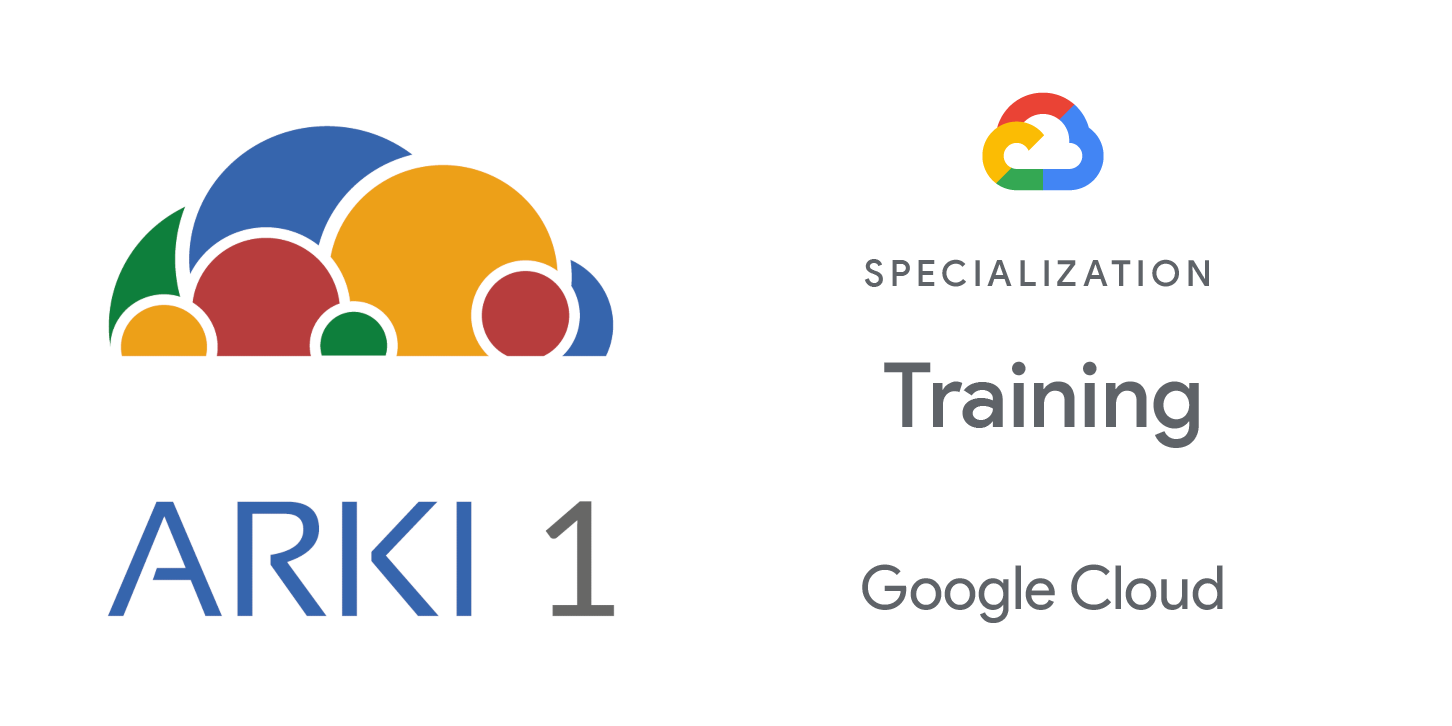This course provides an introduction to using Terraform for Google Cloud. It enables learners to describe how Terraform can be used to implement infrastructure as a code and to apply some of its key features and functionalities to create and manage Google Cloud infrastructure. Learners will get hands-on practice building Google Cloud resources using Terraform.
Objectives
In this course, participants will learn the following skills:
- Define the business need for infrastructure as code and the benefits of using it in your environment.
- Explain the features and functionalities of Terraform.
- Use Terraform resources, variables, and output values to create Google Cloud infrastructure resources.
- Use Terraform modules to build reusable configurations.
- Explain Terraform state and its importance.
Audience
Audience
This course is intended for the following participants:
- Cloud engineers, DevOps engineers, and individuals who want to start using Terraform to automate infrastructure provisioning with a focus on Google Cloud.
Prerequisites
To get the most of out of this course, participants should have:
- Complete Google Cloud Fundamentals: Core Infrastructure or have equivalent experience.
- Have basic programming skills and familiarity with using CLI.
- Have general familiarity with Google Cloud.
Duration
1 day.
Investment
Check the next open public class in our enrollment page.
If you are interested in a private training class for your company, contact us.
Course outline
- Define infrastructure as code.
- Explain the features and benefits of using Terraform.
- Explain the use case of Terraform for Google Cloud.
- Describe how to use Terraform for Google Cloud
- Explain the Terraform workflow.
- Create basic configuration files within Terraform.
- Explain the purpose of a few Terraform commands.
- Describe the Terraform Validator tool.
- Create, update, and destroy Google Cloud resources using Terraform.
- Declare the resources within Terraform.
- Explain implicit and explicit resource dependencies.
- Use variables and output values within the root configuration.
- Explain Terraform Registry and Cloud Foundation Toolkit.
- Define Terraform modules.
- Use modules to reuse configurations.
- Use modules from the public registry.
- Use input variables to parameterize configurations.
- Use output values to access resource attributes outside the module.
- Define Terraform state.
- List the benefits of storing the state file remotely.
- Explain how to store the Terraform state in a Cloud Storage bucket.
- Explain Terraform state best practices.

